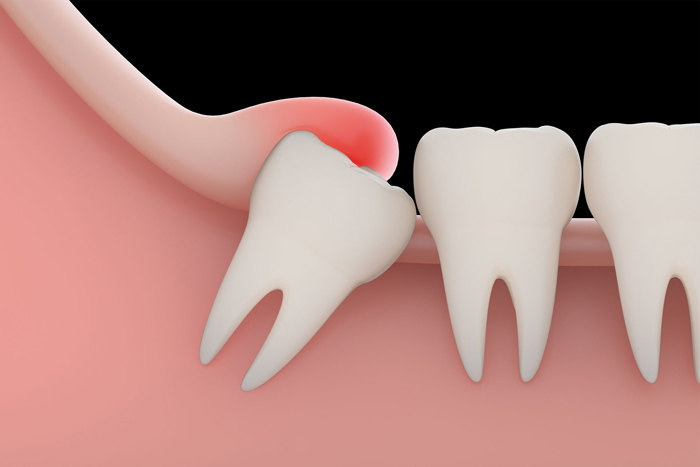
Like most trips to the dentist, getting your wisdom teeth removed all starts with an exam.
Our Kallangur dentist want to do an X-ray to see what’s going on with your wisdom teeth—namely, how they’re positioned and how much room you have for them to grow. If you’re experiencing symptoms or your dentist foresees problems with your wisdom teeth, you’ll schedule an appointment to actually have them removed. This will be done by either your dentist or an oral surgeon, depending on how your teeth are positioned and how often your dentist actually does this procedure.
Recovery can range from mildly uncomfortable to very painful.
After the procedure you’ll be forced to take things easy and let yourself heal. Depending on your level of sedation, you may feel a little groggy afterwards, so you’ll probably need someone to drive you home. It’s completely normal to experience swelling and pain after wisdom teeth removal.
With that said, your specific experience can range from, “Cool, I have a slightly uncomfortable day off work” to “I wonder if there’s any way to just entirely remove my mouth from my head.” Your level of post-procedure pain will depend on factors like whether you just got one tooth out or all four and how impacted the teeth were. No matter what, your gums where your wisdom teeth were will typically be sore to the touch for about a week. But barring any complications, the pain tends to get a lot better after a day or two.
You can also ask your dentist or surgeon about using an ice pack to relieve any pain, swelling, or bruising. Depending on how severe your extraction was, your dentist or surgeon may suggest you only eat soft foods for a certain amount of time.
Avoid dry socket at all costs.
Our Kallangur Dentists would recommend you to stay hydrated, but avoid using a straw, typically for about two weeks.Using a straw can lead to dry socket, an incredibly painful condition where the clot over an extraction site gets dislodged, exposing bare bone and nerves. So can cleaning your mouth too soon or too forcefully post-surgery, so be sure to ask for guidance as to how soon you can get back to your usual oral hygiene based on your specific situation.
If you do develop dry socket, our Kallangur dentist can put a medicated paste in the socket to promote healing, although in rare occasions they need to go back and try to get closure of the socket by pulling the tissue over it. Dry socket is the most common complication after tooth extraction, and it’s often described as a world of pain, so it’s really important that you follow all instructions as prescribed by our dentists.



